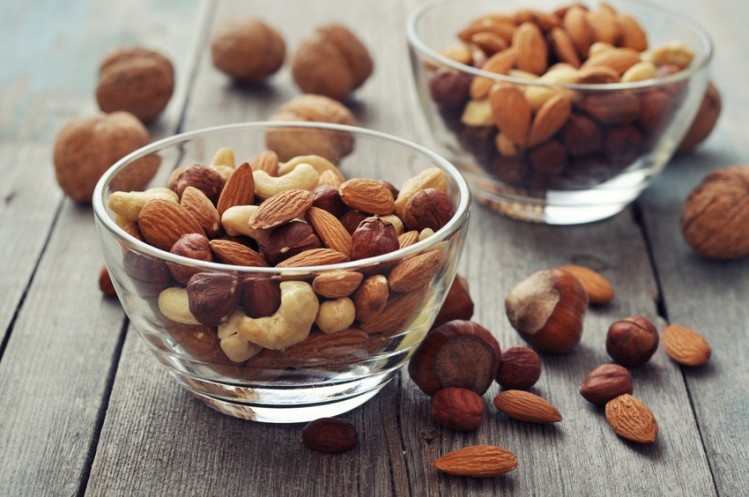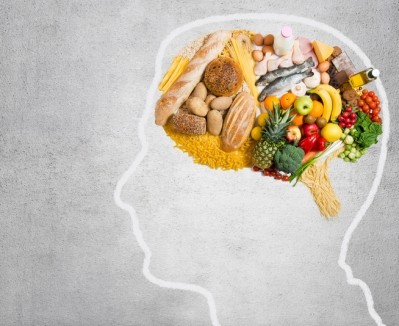EDITOR'S SPOTLIGHT: SCIENCE & REGULATION
Nut fibre’s gut effect may explain its weight management properties: Study

A Harvard University-based team suggest that replacing 0.5 servings/day of less healthful foods with nuts may aid with less long-term weight gain and a lower risk of obesity in adults.
“Our results indicate that increased consumption of total nuts or any types of nut (including peanuts) is associated with less long-term weight gain, despite being calorically dense,” concludes the team, led by Dr Deirdre Tobias, assistant professor in the department of nutrition at Harvard University T H Chan School of Public Health.
“Our findings support food-based dietary recommendations and support the incorporation of nuts as an effective strategy for making attainable dietary modifications for the primary prevention of obesity.”
Expert reaction to the team’s conclusions centred on the observational study choice. Dr Stephen Burgess, MRC Biostatistics Unit group leader at the Cambridge University, points out the approach, “didn’t tell us what would happen if those who currently do not eat nuts instead decided to eat nuts”.
“That would require performing a randomised trial and intervening on people’s diet directly, which is not practical to do when investigating long term changes in health,” he adds.
“An observational study only tells us about differences between people who choose to eat nuts compared with those who choose not to eat nuts.”
Study details
The team began looking at data on the weight, diet and physical activity of three study groups: 51,529 male health workers, aged 40-75 (the Health Professionals Follow Up Study); 121,700 nurses, aged 35-55 (Nurses’ Health Study (NHS); and 116,686 nurses, aged 24-44 (Nurses’ Health Study II (NHS II)).
Over a period of 20 years, the groups were asked to record their weight, and over the preceding year when they had eaten a serving (28 grams (g)) of nuts, including peanuts and peanut butter.
A questionnaire was used to evaluate average weekly exercise (walking, jogging, cycling, swimming, racquet sports and gardening) every two years.
The Harvard team found the average annual weight gain across all three groups was 0.32 kg (0.71 lb).
Between 1986 and 2010, total nut consumption rose from a quarter to just under half a serving/day in men; and from 0.15 to 0.31 servings/day among the women in the NHS study.
Between 1991 and 2011 total daily nut consumption rose from 0.07 to 0.31 servings among women in the NHS II study.
Further findings reveal increasing nut consumption by half a serving a day is associated with a lower risk of putting on 2 or more kilos over any 4 year period.
A daily half serving increase in walnut consumption is associated with a 15% lower risk of obesity.
“The mechanisms underlying our observed associations between increasing nut intake and lower risks of weight gain are multipronged,” the team says.
“The high fibre content of nuts can delay gastric emptying, increase satiety, suppress hunger and the desire to eat, and promote fullness.
“The fibre in nuts also provides a greater binding of fatty acids in the gut, leading to greater calorie faecal excretion.
“Studies examining the efficiency of energy absorption from nuts show that consumption of varying types of nuts results in substantive increases in faecal energy loss ranging from 5% to over 20%.”
Study limitations
Commenting on the study limitations which are noted by the investigators, Dr Burgess adds that nut consumption was measured once every four years by a questionnaire.
“The questionnaire responses were self-reported by study participants, rather than being measured directly or validated by investigators,” he points out.
“Many other important factors that may explain differences in obesity levels between nut-consumers and non-consumers were either not measured, or were measured by questionnaire or at a clinic visit every four years.
“The measure of nut consumption included peanut butter – most of the suggested benefits of nut consumption are not relevant for consumption of peanut butter. Investigators did not consider ways that nut-consumers and non-consumers may have differed at entry into the study.
“While these findings are interesting, there are many other factors that may explain differences in weight gain between nut-consumers and non-consumers, including differences in lifestyle choices, and social and economic factors that influence health.”
Source: BMJ Nutrition, Prevention & Health
Published online: DOI: 10.1136/bmjnph-2019-000034
“Changes in nut consumption influence long-term weight change in US men and women.”
Authors: Xiaoran Liu et al















